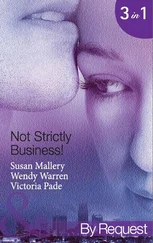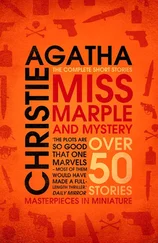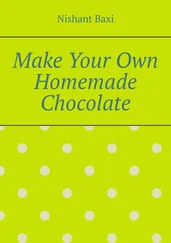I started cooking for anyone who dared to sample it – whether keen colleague, hesitant sister or bewildered boyfriend. Low-oil and high-nutrient recipes from back home provided early inspiration, with a vindaloo or two thrown in for good measure. I was on the quest for mouth-watering dishes that I could rustle up after numbingly long days and harrowing weeks at work.
Along the way, I got married and dived into a public relations career. The art of frying onions to the perfect shade of gold now had to be combined with the science of juggling client deadlines with a hungry husband, lavish Indian functions and late-night partying. Time officially became money. Shortcuts de rigueur .
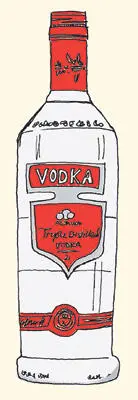
I have learnt lots of valuable lessons. That cooking when drunk is not a good idea, for instance. Especially when it’s your boss who is waiting to be fed. That I would rather eat my shoe than make a samosa from scratch. And that making round, fluffy rotis plays havoc with manicured fingernails.
Most importantly, I have learnt that authentic Indian cooking is, in fact, blindingly easy and can be a regular part of frantic lives. To make gloriously aromatic pulao and creamy korma, all you need are simple recipes and basic know-how. Once you crack the essentials, the rest is a piece of chappati.
This book is all about those invaluable lessons, transferred from my kitchen to yours. It’s about loving Indian food and cooking it from scratch while enjoying too many cocktails, after a steamy commute and faced with an empty fridge. The pages that follow are packed with simple recipes and handy tips for busy people who live full lives.
On some occasions an easy masala dinner will usually do the trick. But there are other nights when only a rich curry, served with heaps of basmati rice and lashings of dal and raita, will hit the spot. This book caters for such moments, whatever your mood, taste or time constraints. There are recipes for when time is of the essence, others that are big-crowd pleasers and ones for your own indulgence.
You, too, can keep it simple with quick Chicken Jhalfrezi on a bed of peppery salad leaves. Impress colleagues with a three-course dal, curry and sabzi combo. Hang out with friends, a few bottles of wine and heaps of melt-in-the-mouth lamb kebabs. And recover from it all with comforting rice Khichdi, aubergine raita and delicious little coconut bites.
Slip on your heels, keep a pair of old pyjamas handy and open your mind.
This is real Indian cooking for busy living!
Before You Start – Read This
Are you feeling somewhat inspired? Ready to take on the challenge of Indian home cooking? Have you dusted off the oversize aluminium stockpot, normally reserved for deadly punches, to make your own ghee? Invested in an industrial pestle and mortar? Convinced yourself that fermenting and sun-drying your own lime pickle is time truly well spent?
Shame.
This cookbook isn’t into that sort of thing. I want to cook traditional Indian food and have a life. So, in a step change from time-honoured Indian cooking tradition, I blatantly advocate the use of store-bought ingredients, dinky gadgets and shortcuts. If you are a tad busy or lazy, this book is just the thing for you.
The first chapter introduces the very basics and other useful information. Tips and tricks are littered throughout the rest of the book, amongst my stories and introductions to the recipes. To avoid boring you stiff by repeating myself in the recipe descriptions, I’ve collected a handful of cooking tips here. Please do read these before you begin.
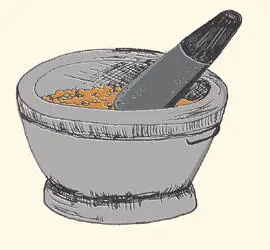
Indian spices can be bought in supermarkets, at ethnic shops or online. You could even sweet-talk your local corner shop into stocking a wide selection. And once you’ve bought them, you can put them to use in many different dishes, from all sorts of cuisines. If you don’t have one or two of the spices specified in a dish, leave them out rather than use a substitute. Omitting a couple of the ingredients isn’t going to dramatically alter the flavour of a dish. Just make sure you have the main ingredients that feature in the title or subtitle of a recipe.
A FEW WORDS ON SOME COMMONLY USED INGREDIENTS AND EQUIPMENT:
LENTILSThe different types called for in Indian cooking are many and various but not really interchangeable. For more on the different varieties, see the box.
CARDAMOMSGreen cardamoms are most commonly used in the recipes in this book. Occasionally brown cardamoms (also known as black cardamoms) are called for. These can’t be used instead of green cardamoms, however, as they have a completely different, smoky taste.
PANEERThis Indian cheese is used in a number of the recipes. It’s widely available in the hard cheese section of supermarkets. You could, at a pinch, substitute it with low-fat halloumi.
CURRY LEAVESBuy these herbs in an ethnic store or the ethnic section of your local supermarket. You can use them fresh or keep a bag in the freezer and cook straight from frozen. Never use the dried leaves; they’re just not the same.
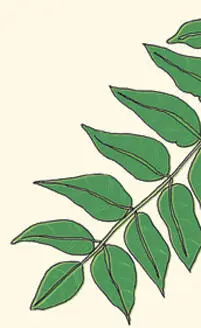
GREEN FINGER CHILLIESThese have a very particular flavour and can’t be substituted with any other type of green chilli. If you have a problem sourcing them, buy a jar of ready-minced green chillies to keep for emergencies.
CHILLI POWDER AND WHOLE CHILLIESWhile on the subject on chillies, I always use extra-hot chilli powder. The milder stuff doesn’t seem worth the effort, frankly. I don’t deseed chillies, either. Why, when the seeds are packed with serious punch? I’m not a great fan of super-spicy food, so my recipes are on the milder side, unless otherwise stated. If you can handle it, go crazy with chillies. For more on the different types of chillies used in Indian cooking, see the box. Note: bell peppers are deseeded.
YOGHURTThis features extensively in Indian curries, often used to thicken curries or as a creamy, but lower fat alternative to cream. Low-fat yoghurt used straight out of the fridge will almost inevitably curdle when it touches hot oil. Use Greek yoghurt instead, which has a higher fat content, and leave it on the worktop to get it closer to room temperature before cooking. This will save your curry.
FAN-ASSISTED OVENSMost Indian food is cooked on the hob. Where I cook a dish in the oven, I’ve put the temperature in Centigrade/Fahrenheit and for gas. If you have a fan-assisted electric oven, please deduct approximately 20°C (70°F) from the temperature given in the recipe and cook for the same length of time. In any case, it’s always worth checking the food is cooked before you serve it.
MEASURING WITH MUGSEveryone has a mug or cup set aside to measure rice. I use a great big builder’s mug, which gives me 350g (12oz) rice – four generous portions. When I’m cooking rice or lentils, I state the amount of water needed in the form of a ratio of water to rice/lentils, e.g. ‘one-and-a-half times as much water as rice’ or ‘twice as much water as lentils’. By using the same mug/cup, you have an easy and accurate way of adding just the right volume of water. Always check the rice with a fork at the end of cooking. Depending on its quality, you may sometimes need to add an extra half a cup of hot water to get it cooked just right.
Читать дальше









